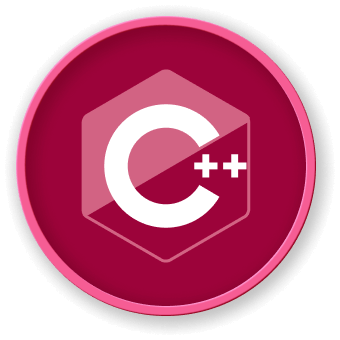Advanced Namespace Techniques
Namespace Composition and Inheritance
Inline Namespaces
namespace LabEx {
inline namespace Version1 {
void legacyFunction() {
// Old implementation
}
}
inline namespace Version2 {
void legacyFunction() {
// New implementation
}
}
}
Anonymous Namespaces
namespace {
// Entities are only accessible in this translation unit
int internalVariable = 42;
void privateFunction() {
// Implementation
}
}
Namespace Composition Strategies
graph TD
A[Namespace Techniques] --> B[Inline Namespaces]
A --> C[Anonymous Namespaces]
A --> D[Nested Namespaces]
A --> E[Namespace Aliases]
Namespace Alias and Composition
namespace Original {
namespace Internal {
class ComplexClass {
// Implementation
};
}
}
// Create a more convenient alias
namespace Alias = Original::Internal;
int main() {
Alias::ComplexClass obj;
return 0;
}
Advanced Namespace Patterns
| Technique |
Description |
Use Case |
| Inline Namespace |
Provides version management |
Library versioning |
| Anonymous Namespace |
Provides internal linkage |
File-local entities |
| Nested Namespace |
Hierarchical organization |
Complex project structures |
Namespace Extension Technique
// In header file 1
namespace LabEx {
class BaseComponent {
public:
void initialize();
};
}
// In header file 2
namespace LabEx {
// Extend the existing namespace
class ExtendedComponent : public BaseComponent {
public:
void enhance();
};
}
Namespace Scoping Rules
graph LR
A[Namespace Scope] --> B[Global Scope]
A --> C[Local Scope]
A --> D[Nested Scope]
A --> E[Inline Scope]
Template Specialization in Namespaces
namespace LabEx {
template <typename T>
class GenericContainer {
public:
void process(T value) {
// Generic implementation
}
};
// Template specialization
template <>
class GenericContainer<int> {
public:
void process(int value) {
// Specialized implementation for int
}
};
}
Namespace Best Practices
- Use namespaces to prevent naming conflicts
- Avoid deeply nested namespace hierarchies
- Prefer explicit namespace qualification
- Use inline namespaces for versioning
- Leverage anonymous namespaces for internal implementations
Complex Namespace Example
#include <iostream>
namespace LabEx {
namespace Utilities {
namespace Memory {
class MemoryManager {
public:
static void* allocate(size_t size) {
return ::operator new(size);
}
static void deallocate(void* ptr) {
::operator delete(ptr);
}
};
}
}
}
int main() {
int* data = static_cast<int*>(
LabEx::Utilities::Memory::MemoryManager::allocate(sizeof(int))
);
LabEx::Utilities::Memory::MemoryManager::deallocate(data);
return 0;
}
- Namespace operations are compile-time constructs
- No runtime overhead for namespace usage
- Minimal impact on binary size and execution speed
By mastering these advanced namespace techniques, you can create more modular, maintainable, and scalable C++ code with improved organization and clarity.




